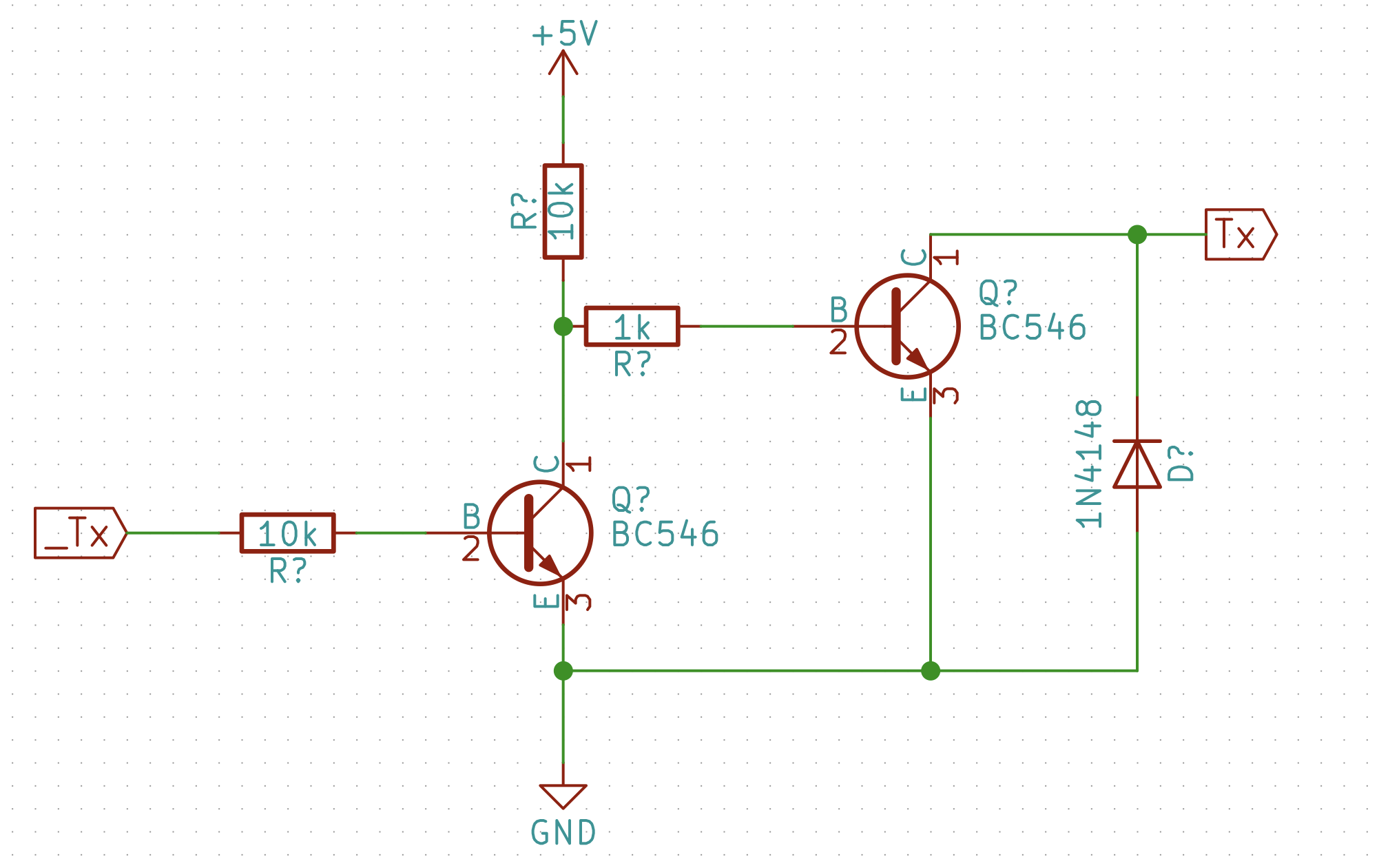
Cracking the Transistor Code: Illustrated Insights
Industries transformed by AI witness profound shifts. Within this evolution lies the enigma of transistors. ‘Cracking the Transistor Code’ delves into their metamorphosis over time, revealing insights through three revealing graphs, illuminating their pivotal yet often overlooked role in electronics.
Tiny parts, when thrown together, often cook up Elon-level thinky shapes. Charts come to life, mapping odd stuff keen eyed trend trackers spot. Real perks our geeky heads tilt for, yet dropped into straight talk, serve neat peeks ; chart-styled tales chill enough for the non-whizzes beyond belief, the plain film mapping how transistors impossibly tweak our techno whirl.
Shrinking Transistor Sizes
Transistors get tiny as the years go by; more small ones are wanted by people. Firms make them tinier and tinier; the growth is striking. A big jump in how little transistors can be has happened; they work stronger and need less power—and all this shrinking and improving was lightning sudden.
That chart? It tells a fun story. Changes get shown in it; transistors have a size that shrinks just like magic. Through jumpy leaps, teensy-weensy transistors have been made; they have to thank a huge hunger for gadgets needing less juice but doing more work.
Voltage and Performance Correlation
The second picture illustrates the crucial link between electricity and transistor performance. As the ‘Cracking the Transistor Code’ unveils, understanding this energy dance is paramount for enhancing AI brain functionality.
Transistors and electricity’s pushes get tied up in odd ways. The stronger the push, the better the transistor does its job. To make AI tools run at their best, one has to grasp this little dance between power and action.
The Rise of Specialized Transistors
We’re talking about tiny switches that can do specific jobs for smart computers. These tiny switches are really important for AI, which is when computers are clever like us. When there are lots of different jobs that these smart computers need to do, they need switches that can do those exact jobs. It’s clear we’re moving from switches that can do anything, to ones that are made for these special jobs. This makes the smart computers do these jobs better.
Moving to these special switches helps in making clever computers do tasks undeniably well. It’s for sure a big thing right now in the world of AI stuff. It’s because more smart helpers need switches just right for them, with tough tasks popping up lots. Before, all switches were kind of the same, but now this changed. Tiny, special switches are made to handle all sorts of things for AI.
The Intersection of AI and Cracking the Transistor Code
Those pictures also tell a tale of computers getting to do more and more. The computers I’m talking about need those tiny parts to do their big jobs better. With this pair working side by side, computers will get even better, so we know where they’re headed, all because these smart computers and tiny parts help each other grow better.
As we decode the intricate tapestry of transistor trends, it becomes evident that the narrative extends beyond mere technological evolution. It intertwines with the regulatory landscape, echoing the broader challenges faced by the tech industry. Practicality of Wireless Charging Unleashed The delicate balance between innovation and regulation is crucial, ensuring that the potential of AI and advanced transistor technologies is harnessed responsibly.
Navigating the Regulatory Landscape
The evolution of AI and transistor technologies has outpaced regulatory frameworks, presenting a significant challenge. The pace of innovation has led to concerns about ethical implications, data privacy, and the potential societal impact of advanced AI systems. Policymakers grapple with the task of striking a balance that fosters innovation while safeguarding the interests of individuals and society at large.
The Crucial Role of Transparency
The idea of making things easy to see and understand is found right at the spot where rules about smart computers meet; knowing which way to go means people need to see through what’s happening when we make and use smarter machines. As tiny parts called transistors make those smart computer brains think harder, it gets really important to have steps and results that are easy for everyone to get. This see-through way of doing things can build up trust and make sure that, when people who decide on the rules think things over, they are not surprised by odd twists in how the smart computer brains are made or used; shouldn’t they know what’s happening every step of the way so it’s narrowing down their steely worries?
Global Perspectives on AI Regulation
Even when nations don’t agree on rules for smart computers, it’s still very vital to make sure all countries play by the same essential play down. This way, strong rules can support a fair and clever way to use AI that doesn’t care about country borders. Nevertheless, this isn’t easy because every country has its own way to manage smart computers. The rules for smart machines get more confusing when we bring in ideas from everywhere in the world.
Conclusion
The journey through the charts depicting transistor trends unveils a narrative that extends beyond technological prowess. It intersects with the pressing need for effective regulation in the realm of AI. “Cracking the Transistor Code: Illustrated Insights” encapsulates the dynamic relationship between AI and transistor evolution, emphasizing the necessity of navigating this landscape responsibly.
As we stand at the crossroads of innovation and regulation, it is imperative to forge a path that fosters continued technological advancements while addressing ethical considerations. The three charts serve as visual guides, illustrating the intricate dance between AI and transistor trends. By embracing transparency, considering global perspectives, and engaging in collaborative efforts, we can pave the way for a future where AI and advanced transistor technologies coexist harmoniously within a well-regulated framework.
Leave a Reply